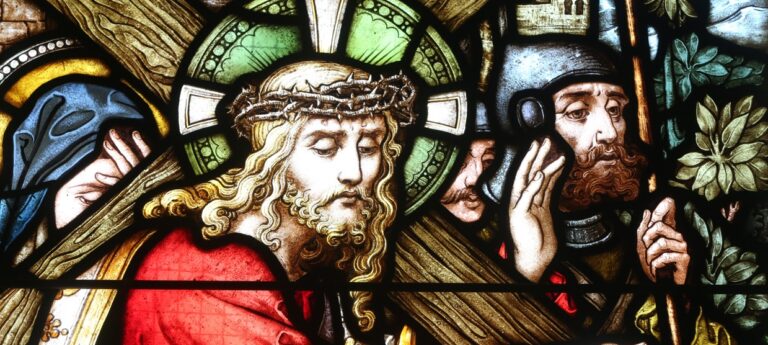
Shrove Tuesday
On a day popularly known as Pancake Tuesday, it’s safe to assume what will be on the menu in many Catholic houses across the country today.
The Tuesday preceding the beginning of Lent is known by many names, all reflecting the great shift that occurs in our lives once Ash Wednesday arrives and we adopt a simpler, penitential lifestyle befitting the season.
During the Middle Ages, the day became known as Shrove Tuesday with the word “shrove” finding its roots in the Anglo-Saxon shrive, which translates to the process of confession. As a name then Shrove Tuesday pointedly references both the ancient practice of going to confession on the eve of Lent and the work of repentance in the days to come.
More than a quaint custom, eating pancakes on the eve of Ash Wednesday carries inherent theological symbolism. The practice is tied to the tradition of cleaning the house of rich foods before the fasting and abstinence that is part of Lent. While today we look upon the butter, milk and eggs that go into making pancakes as staples, they were once luxuries and on a list of foods to forego during Lent. (Of course, if we choose to eat our pancakes with the fabulous maple syrup produced in Canada, we are still very much reminded of luxury!)
The concept of highlighting the passage from frivolity to seriousness, from excess to self-denial, is also at the heart of the term Mardi Gras. French for Fat Tuesday, Mardi Gras is the giant, often days-long party held in New Orleans and other cities, wrapping up on the eve of Ash Wednesday. While it may be the name of a period of frivolity and fun, the partying of Mardi Gras helps highlight the stark contrast Lent will bring.
Carnival, an alternate term used in many parts of the world, comes from the Latin carne vale, which translates to farewell to meat or flesh. As with Mardi Gras, Carnival reminds participants that the excess they are enjoying is temporal and fleeting, and that the period to follow will be more sombre and sober.
The contents of the Tuesday-night pancakes will, of course, reappear in the different form once Easter arrives. Milk and butter will play an essential role in all the chocolate treats, while the eggs — long-held symbols of fertility and new life — will return, colourfully decorated, to celebrate the Resurrection.
-Catherine Mulroney, Editor of Living with Christ, Canada’s companion for praying and living the Eucharist.



Reblogged this on CARFLEO.com and commented:
Shrove Tuesday from our friends at Novalis. See also links at textweek.com
[…] Catherine Mulroney’s article in Novalis Seeds of Faith: Shrove Tuesday […]
Good postt